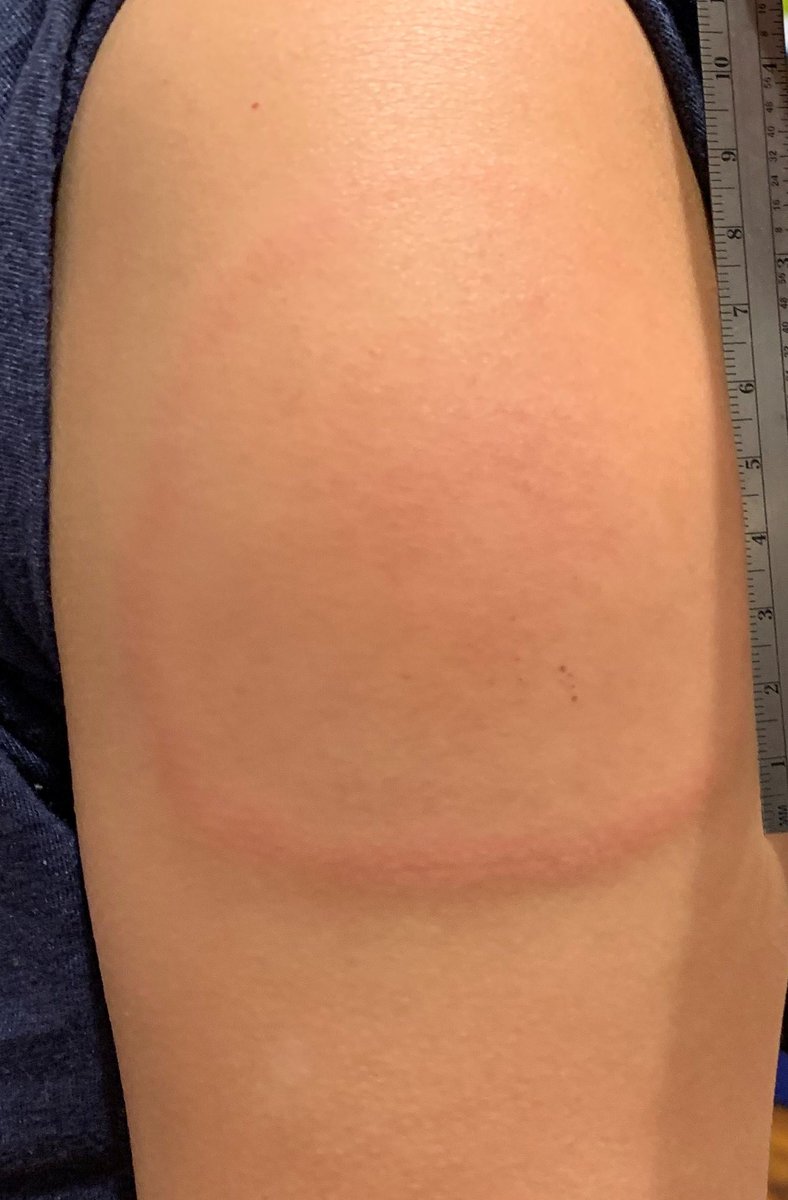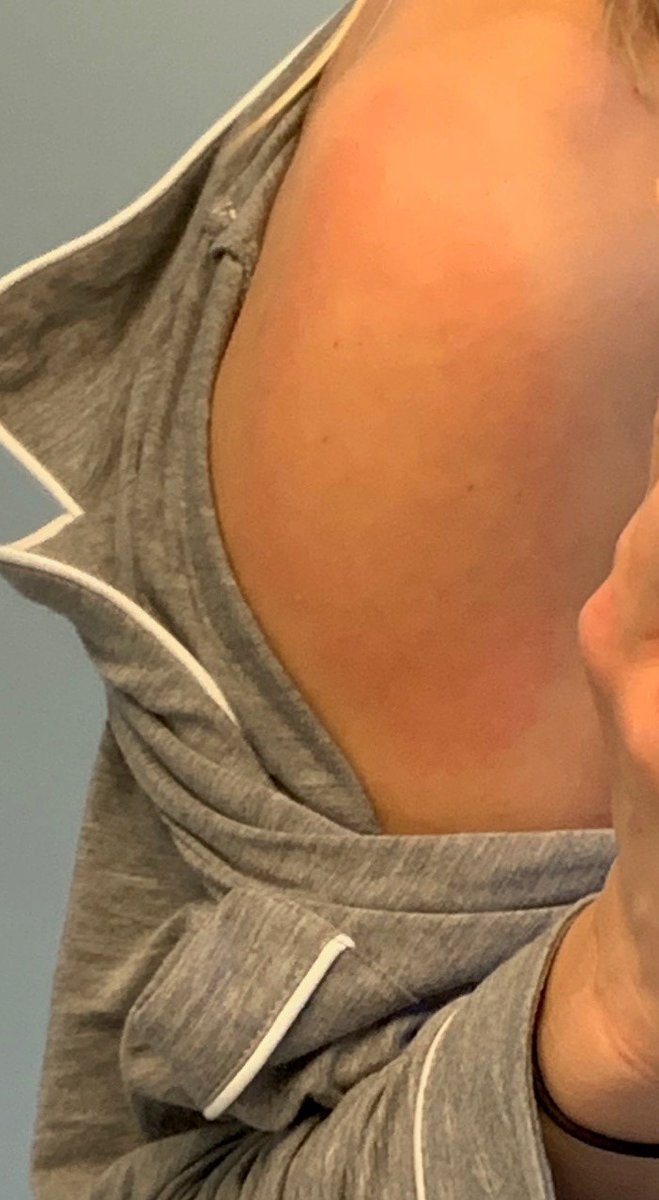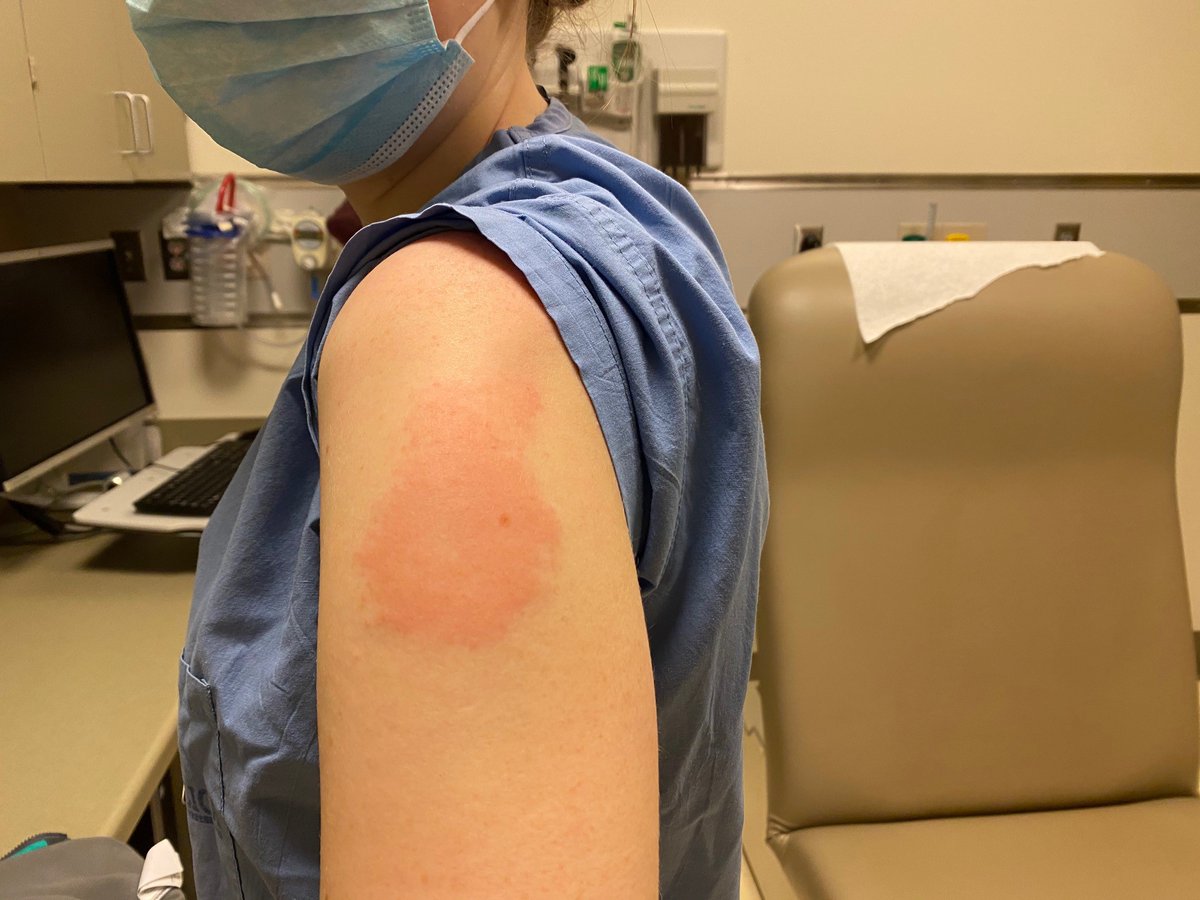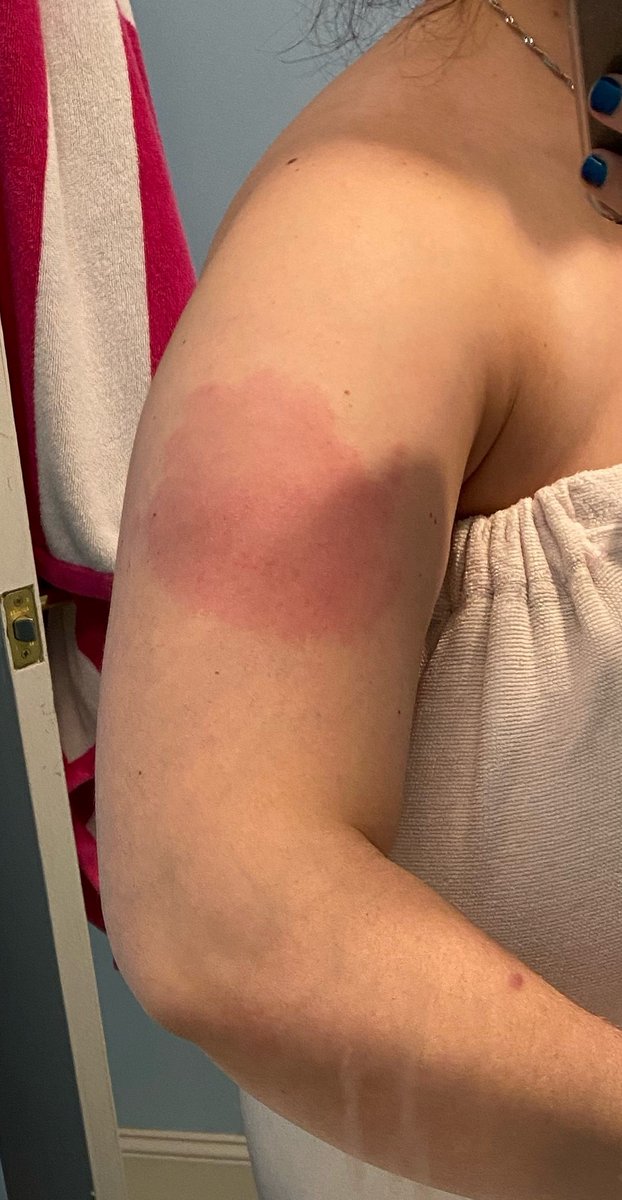
1 of 10 /Do you use an electronic health record? Did anyone ever teach you how to document #allergies? 👀Check our this #EHR allergy documentation guidance #medtwitter #idtwitter #AIMedEd @EricMacyMD @AutumnGuyer @allisoncramsey @vumc_cdsi_rsch @JACIInPractice 

2 of 10/We are excited to announce that the adverse reaction to drugs biologics and latex (ARDBL) committee of the @AAAAI_org has an #inpress workgroup report on allergy documentation in the EHR. jaci-inpractice.org/article/S2213-…
3 of 10/ In this article: current state of allergy #ehr documentation, definitions, reconfigurations, and recommendations✔️#bestpractices in documentation for #penicillin allergy ✔️what to include and what not to include in the allergy list
4 of 10/ Do not include environmental allergens (pollen, cat, dust) in the allergy list! if a patient has allergic rhinitis, these allergens should be listed in the problem list.
5 of 10/ the allergen: can be a drug, foods, chemical, and other agent. Be specific! entering “ampicillin” would be preferred to entering “penicillins,” “sulfamethoxazole” is preferred to “sulfa.” Generic is preferred to a name brand.
6 of 10/the reaction: choose coded reactions when available and enter additional details in the free text. Remember that there is a history related to the reaction—a drug allergy history! 

7 of 10/the reaction type: the most important aspect here is to change the reaction type to “intolerance” when the reaction is clearly not allergic (eg., headache, fatigue, etc). This will change how allergies appear in the list in many EHRs. Okay to leave unspecified. 

8 of 10/ the severity: mild, moderate, or severe. For allergy, grade based on signs and symptoms; for example, itching =low, urticaria=medium severity, #SCAR and #anaphylaxis =high. For intolerance, grade by interference with life.
9 of 10/have more to say? Use the free text for timing, management, dates of photos or consultation notes. Include the results of allergy testing. Include if patient has tolerated a related drug (eg, "anaphylaxis to cefazolin, tolerates other beta-lactams").
10 of 10/Improving allergy documentation will help improve clinical care, patient safety, antibiotic stewardship, clinical research, and more! @lizhou08 @DBatesSafety @ElizabethMortMD @360ebm @AllergyKidsDoc
@mghaifellows @mgh_id @MGHCEF @mgh_id @IDDoc1978 @ericashenoy @BranchWestyn @PAallergy @rubin_allergy @KhouryMD @marylynnstaicu @glover_lshtm @rebeccasaff @NatQualityForum @Epic_Records @Cerner @athenahealth @AMIAinformatics @TJCommission
• • •
Missing some Tweet in this thread? You can try to
force a refresh















